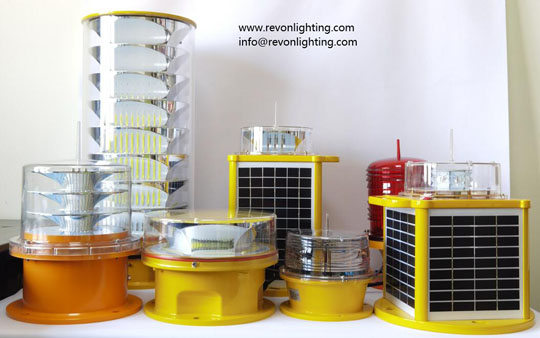Aircraft warning lights on tower cranes play a crucial role in ensuring aviation safety during construction projects. These lights, strategically installed on tall structures like tower cranes, alert pilots to potential obstructions and help prevent collisions. In this article, we will explore the significance of aircraft warning lights on tower cranes and how they contribute to maintaining a safe working environment for both construction workers and pilots.
Importance of Aircraft Warning Lights
Aircraft warning lights on tower cranes serve as vital visual indicators for pilots, especially during low visibility conditions such as fog, rain, or darkness. These lights help pilots identify the presence of tall structures, ensuring safe navigation and minimizing the risk of accidents or collisions with tower cranes on construction sites.
Compliance with Aviation Regulations
To ensure uniformity and standardization, aircraft warning lights on tower cranes must comply with aviation regulations set by organizations like the International Civil Aviation Organization (ICAO) and local aviation authorities. These regulations dictate the specifications for light intensity, color, flash patterns, and placement, making them essential guidelines for construction companies and crane operators.
Types of Aircraft Warning Lights
There are various types of aircraft warning lights used on tower cranes, depending on the specific requirements and regulations. These may include red obstruction lights, white strobe lights, or dual red/white lights. Each type serves a distinct purpose, providing maximum visibility for pilots and reducing the chances of accidents or near misses.
Placement and Coverage
Proper placement and coverage of aircraft warning lights on tower cranes are critical to ensuring their effectiveness. The lights should be positioned at the highest point of the crane structure and evenly distributed along its length. This ensures that the lights are visible from all angles and distances, maximizing their impact in signaling potential hazards to pilots.
Technological Advancements
Advancements in lighting technology have greatly improved the efficiency and reliability of aircraft warning lights on tower cranes. Traditional incandescent bulbs have been replaced with more energy-efficient options such as Light Emitting Diodes (LEDs). LED lights offer longer lifespan, lower power consumption, and better visibility, making them ideal for aviation applications.
Integration with Monitoring Systems
To enhance safety and maintenance, aircraft warning lights on tower cranes can be integrated with monitoring systems. These systems allow remote monitoring of light functionality, ensuring timely detection of faults or malfunctions. By promptly addressing any issues, construction companies can maintain the effectiveness and reliability of these lights and minimize downtime.

Collaborative Efforts for Safety
Safety is a collaborative effort between construction companies, crane operators, and aviation authorities. Regular communication and coordination ensure that tower cranes are equipped with proper aircraft warning lights and comply with regulations. Ongoing training and education programs for crane operators and construction workers also promote awareness and adherence to safe practices.
Conclusion
Aircraft warning lights on tower cranes are indispensable for maintaining aviation safety during construction projects. Compliance with regulations, advancements in lighting technology, and integration with monitoring systems contribute to the effectiveness and reliability of these lights. By ensuring clear visibility for pilots and minimizing the risk of accidents or collisions, aircraft warning lights on tower cranes play a vital role in creating a safe working environment on construction sites.